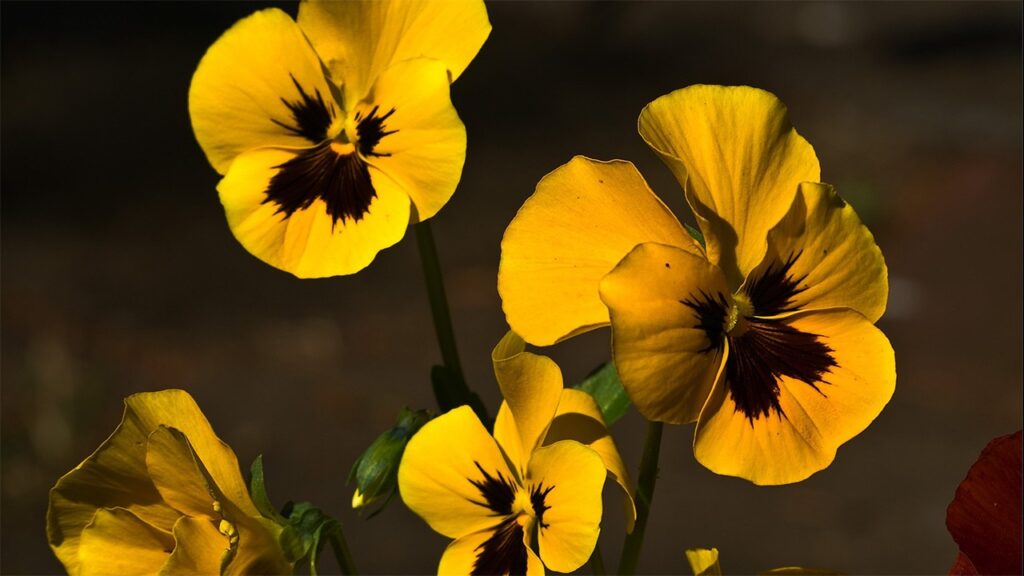
Pansies are a flower that growers never have been able to resist trying to “improve.”
by Michelle Slatalla
Over the past century, hybridizers in France, Germany, and Switzerland have all tinkered with old-fashioned Viola x wittrockiana. But it wasn’t until 1965 when a Japan-based breeder named Sukeo Miyazaki created a giant—a four-inch flower on a tiny pansy body—that these diminutive spring flowers hit the big time. Soon after the Sakata Seed Corporation announced Miyazaki’s breakthrough, the giant pansies won an All-America Selections award from a trade group of US seed growers in 1966.
Majestic Giants Mix pansy seedlings soon became ubiquitous bedding plants, planted in great swaths at the edges of shopping mall parking lots and public parks across America. And like the petunia, the impatiens, and all the other bedding plants that came before and after, the giant pansy suffered a sad fate: It became common.
How unfair. Have you looked lately at a giant pansy? The little fellow has the same whiskered face as his more delicate cousins – and if anything, is even more expressive, with droopy jowls. Some say the giant pansy looks cranky. I say the flower has the look of someone who is under-appreciated. Let’s offer some well-deserved applause.
Growing Pansy Tips
- Mix giants with smaller pansy varieties. Interplant them tightly and it will look as if they’re mingling at a crowded cocktail party.
- When you plant pansies in the garden, make sure the crown is at the surface level of the soil. (They will struggle if you plant them too deeply.)
- After a pansy flower wilts, pinch off its stem at the base to encourage more blooms.
- When you transplant seedlings, pinch off all flowers when you put them in the garden. This will allow the pansy to focus its attention on root growth and will promote a longer, healthier season of new flowers.
